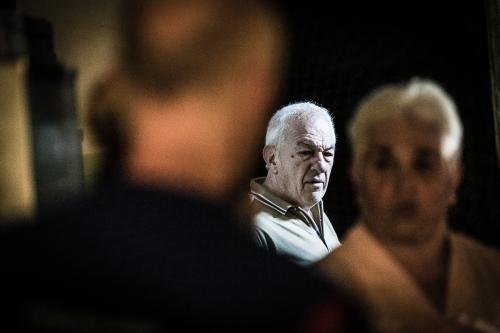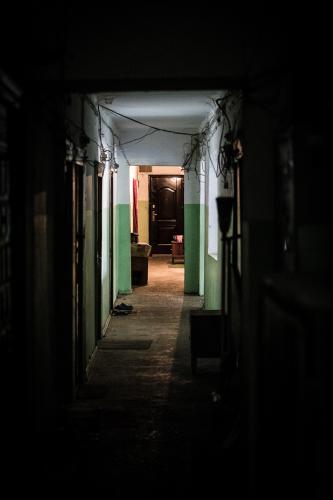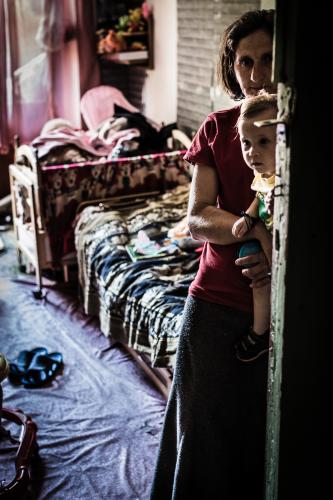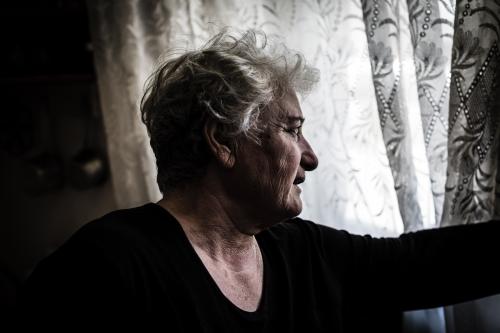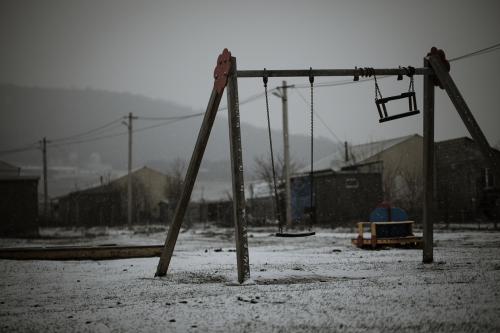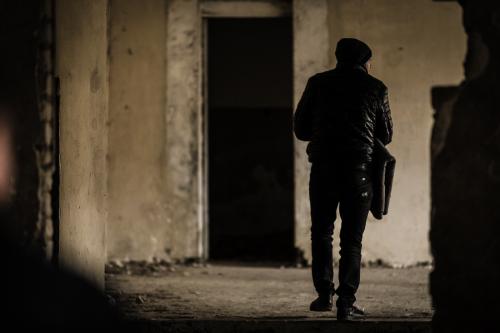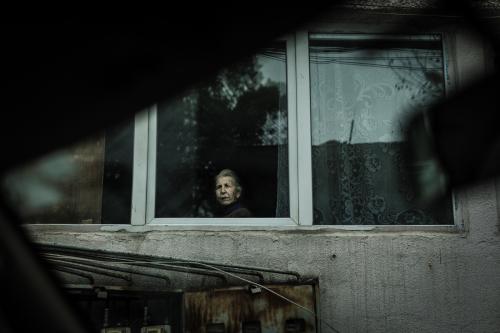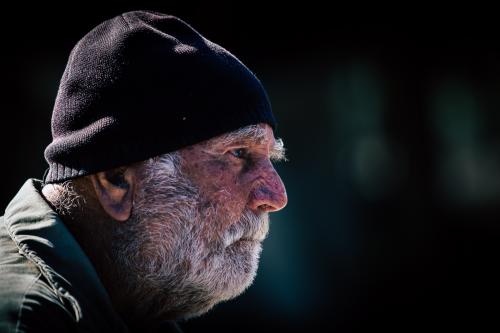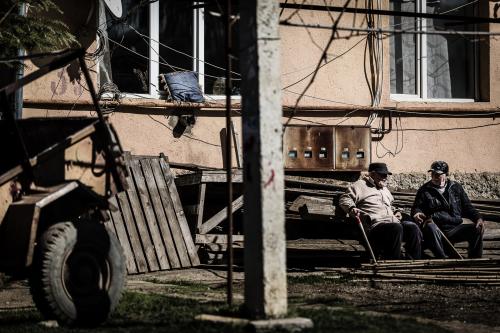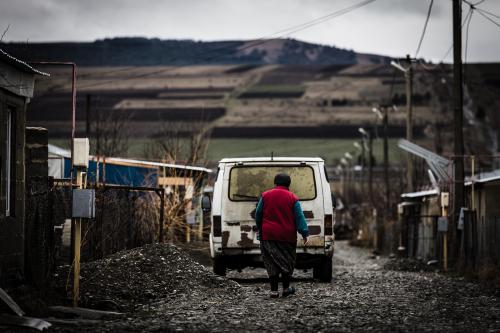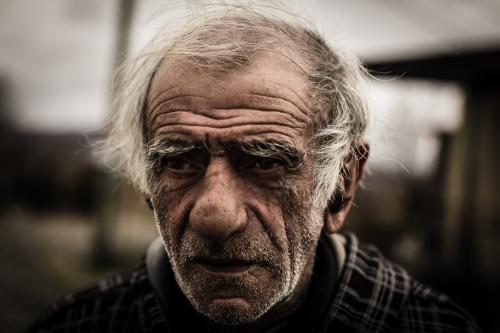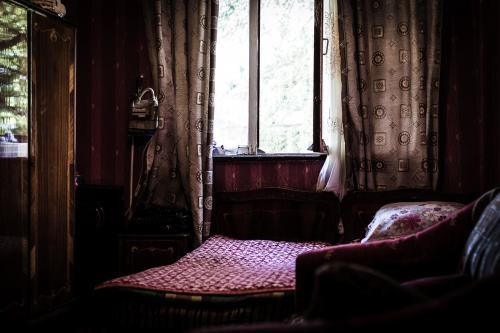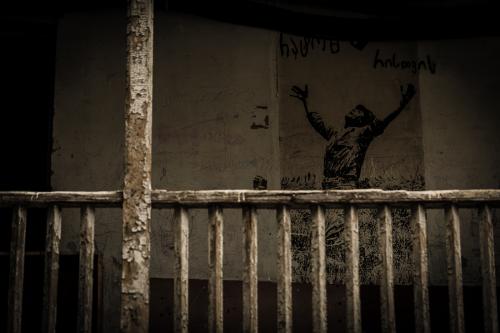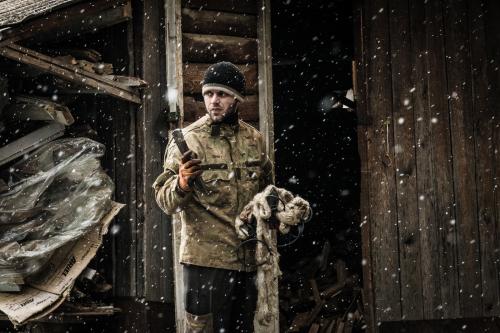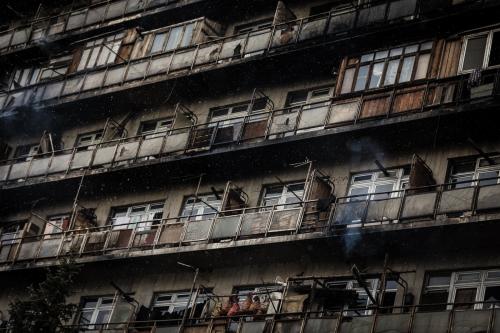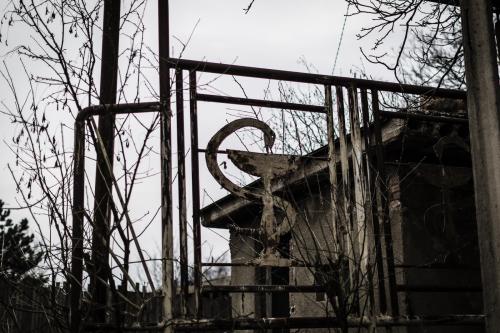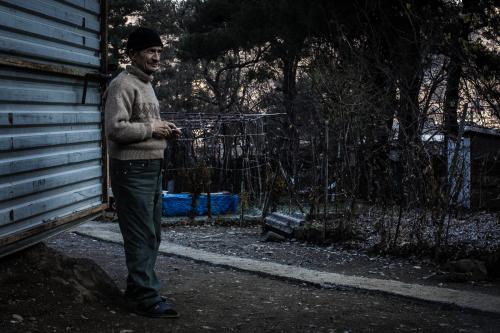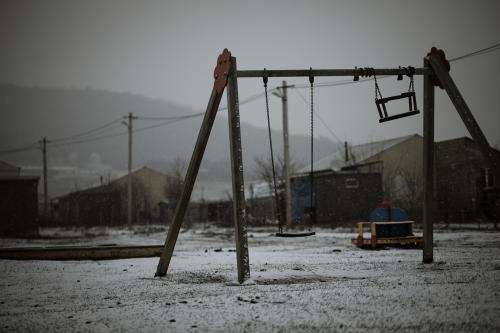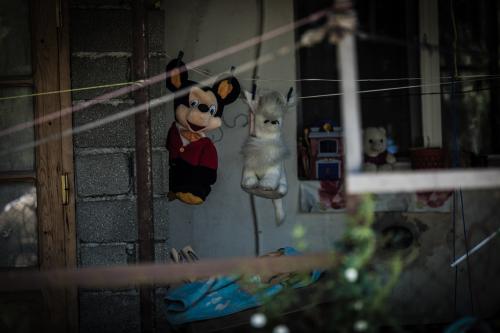INDEX
Photo Essays
Myanmar - On the Circular
Afghanistan - Strengthening the Rule of Law
Sweden - Blue Gold
Talibé - The Least Favored Children of Senegal
Children of the Americas
The Georgia Files
A Life Displaced
Resiliance Comes in Many Shapes
Women Reconstructing a Country
Lomisoba - A Feast of Many Meanings
Chiatura - On the Manganese Trail
Wall Art & Online Training
Wall Art
Online Photography Training - Basic Photography for Peace Security and Development Monitoring
Booking
Prices include relocation to a place of choice. Up to 20-25 images are delivered in digital format to the client. Depending on intended use (commercial, print, wide distribution) changes may apply. All clients/models must sign the release. The price does include studio lights but not rent for a studio. Any additional expenses are covered by the client if nothing else is agreed. All photoassignments are subjected to discussion with the client. Materials are ready within 10-14 days (subejcted to changes depending on workload).
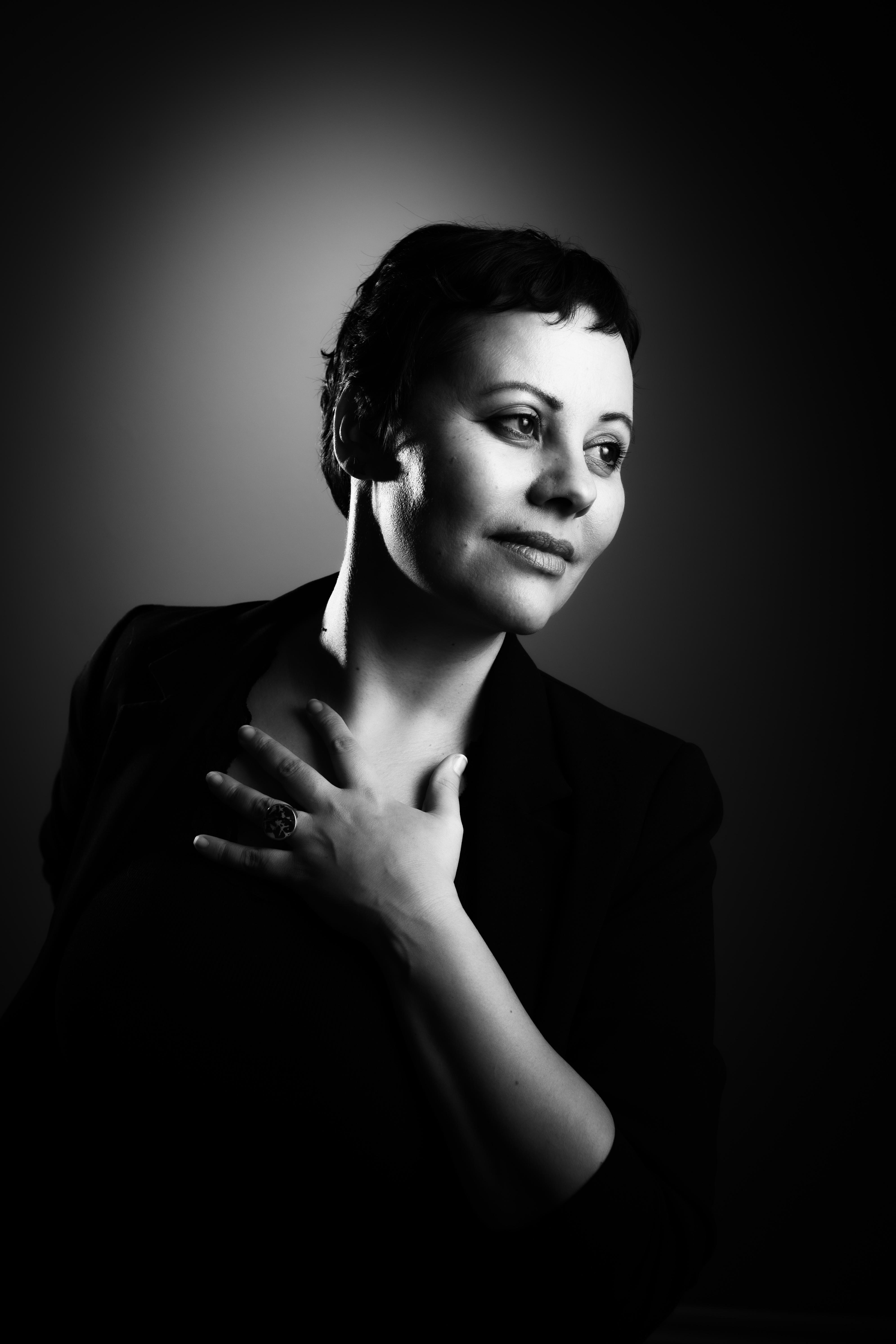
Georgia
A life displaced
There is nothing more gruesome than man-made disasters. While terrorism has rightfully earned that epitaph, armed conflicts and their aftermath are yet to be acknowledged as such. Perhaps because conflicts thrive on hijacking value systems and thrive on our propensity to hate. Only to justify aggression and atrocities. Armed conflict ravages our human security at the foundation, instils fear, distrust and uncertainty. It shatters our humanity and castrates us from what is arguably our rudimentary need to believe in a future. This is what happened in 1993 and again in 2008 in Georgia.
The Georgian demography was scrambled by two conflicts and consequently two waves of internal displacement. In 1993, more than 20 000 people fled from the province of Abkhazia inland seeking safe haven. Those that did not find shelter with relatives, settled in old dilapidated buildings and often abandoned sanatoriums that came to be known as “collective centres”. To date many of them remain in precarious conditions often lacking adequate heating and water.
While the conflict did not remain unnoticed by the intentional community, little funding was made available for what came to be known as the “first wave” of displacement. Leaving many in a perpetual state of marginalisation struggling to make means end. Unemployment is chronic and often passed down through generations.
In 2008, the “second wave” fled the hostilities in the northern province of South Ossetia. About 192 000 people were forced to leave their land and houses behind with little possibility to return. The nature of the conflict attracted far greater attention from the international community and the EU financed the construction settlements in the vicinity of the administrative boundary line with South Ossetia. In contrast, in an attempt to resist recognition of the breakaway province, the government of Georgia made little efforts to facilitate integration of the displaced people.
The images attest of the many ails of conflict– the consequential marginalisation, the need to belong, the economic hardship, the search for dignity, the yearning for human security. They are from collective centres and settlements alike and they portray the faces of a life displaced.

